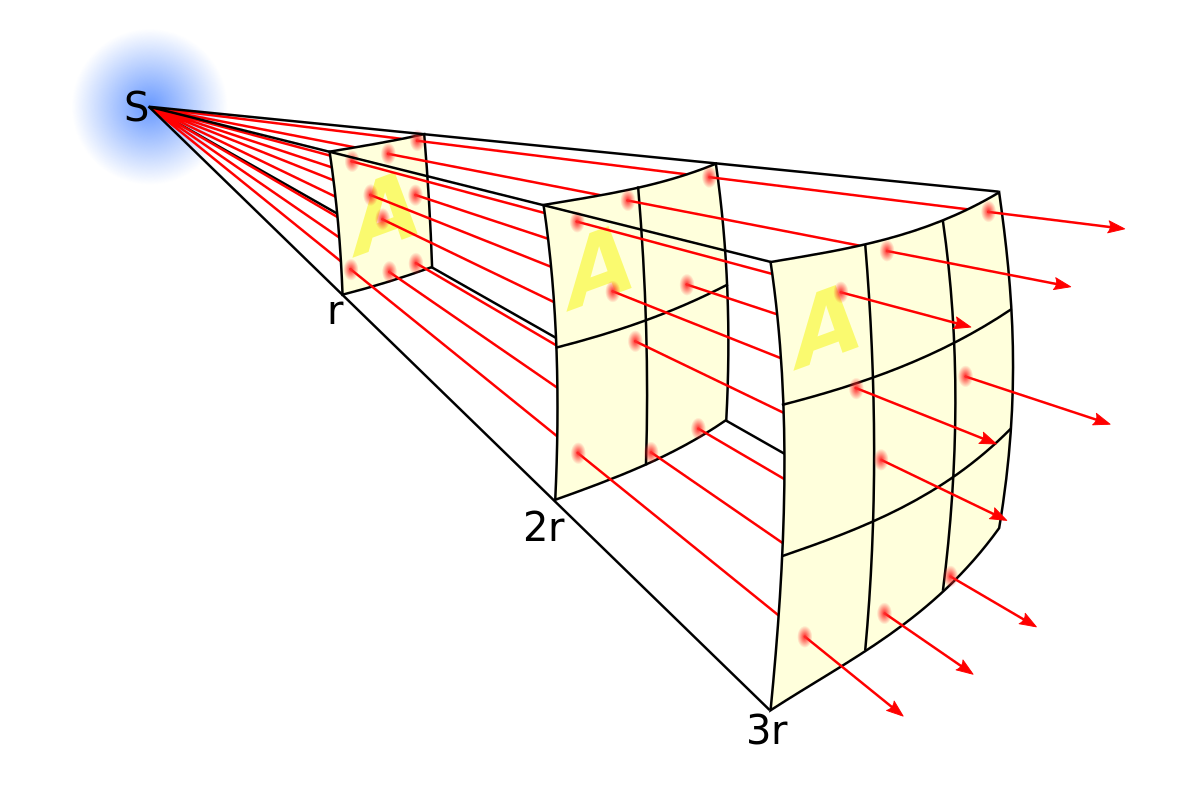Light! Light seems like a simple subject—so fundamental that one might assume it would be easy to understand. Yet, despite its apparent simplicity, light remains one of the most perplexing phenomena in physics. Estimates suggest that up to 88% of our sensory input is governed by vision (Goldstein et al., 2003), yet light itself, which confounded even Newton due to its paradoxical nature, has only grown more mysterious. It behaves both like a wave and a particle, yet neither description fully captures its complexity. As our understanding has deepened, the more we realize how little we truly know about light.
Even physicists are unsure of what light truly is. The current understanding suggests that light originates from excitations in the electromagnetic field (Jackson, 1999), a concept that is highly abstract and mathematically complex. The process by which photons are absorbed and emitted by electrons in atoms, however, remains elusive. According to modern quantum theory, light enters an atom as the electromagnetic wavefunction of a photon (Dirac, 1930). Inside atoms with multiple electrons, all the electron wavefunctions exist as abstract mathematical entities. When a photon’s wavefunction imparts energy to these wavefunctions, something extraordinary happens.
All of the electron wavefunctions within the atom "jump" to a new energy level, but how does this occur? (Griffiths, D. J. (2018). Introduction to Quantum Mechanics (3rd ed.). Pearson.) This process cannot be understood in conventional terms because, according to Schrödinger’s equation, each electron wavefunction exists in 3n dimensions, where n is the number of electrons in the atom (Schrödinger, 1926). These dimensions far exceed the familiar three of spatial length, width, and depth. This is one reason Schrödinger became disillusioned with quantum mechanics, as he realized that his equation could not fully describe the reality of these interactions (Schrödinger, 1926).
The Standard Model of particle physics tends to brush this problem aside by interpreting it as a matter of "degrees of freedom," rather than addressing it as a question of multiple dimensions (Peskin & Schroeder, 1995). But consider this: if all the electron wavefunctions in a multi-electron atom jump simultaneously, how are these transitions coordinated? For example, in an oxygen atom with eight electrons, this would involve 24 dimensions, each representing the position, orientation, velocity, spin, and other properties of the electron wavefunctions. How are these transitions managed when all the wavefunctions leap together?
Once the electron wavefunctions have jumped to a higher energy level, they eventually return to their original state, emitting a photon in the process. But how does this happen without recoil? According to quantum theory, recoil manifests as a change in the shape of the multi-electron wavefunction (Feynman, 1965).
Once the emitted photon escapes the atom, the process becomes even more complicated. Is this our complete theory of light? Personally, I believe there is a better way to understand it. A brief outline of my theory is presented in my paper entitled “On the Nature of Light According to Augmented Newtonian Dynamics (AND),” recently published in the Internationalo Journal of Science and Research.
Even physicists are unsure of what light truly is. The current understanding suggests that light originates from excitations in the electromagnetic field (Jackson, 1999), a concept that is highly abstract and mathematically complex. The process by which photons are absorbed and emitted by electrons in atoms, however, remains elusive. According to modern quantum theory, light enters an atom as the electromagnetic wavefunction of a photon (Dirac, 1930). Inside atoms with multiple electrons, all the electron wavefunctions exist as abstract mathematical entities. When a photon’s wavefunction imparts energy to these wavefunctions, something extraordinary happens.
All of the electron wavefunctions within the atom "jump" to a new energy level, but how does this occur? (Griffiths, D. J. (2018). Introduction to Quantum Mechanics (3rd ed.). Pearson.) This process cannot be understood in conventional terms because, according to Schrödinger’s equation, each electron wavefunction exists in 3n dimensions, where n is the number of electrons in the atom (Schrödinger, 1926). These dimensions far exceed the familiar three of spatial length, width, and depth. This is one reason Schrödinger became disillusioned with quantum mechanics, as he realized that his equation could not fully describe the reality of these interactions (Schrödinger, 1926).
The Standard Model of particle physics tends to brush this problem aside by interpreting it as a matter of "degrees of freedom," rather than addressing it as a question of multiple dimensions (Peskin & Schroeder, 1995). But consider this: if all the electron wavefunctions in a multi-electron atom jump simultaneously, how are these transitions coordinated? For example, in an oxygen atom with eight electrons, this would involve 24 dimensions, each representing the position, orientation, velocity, spin, and other properties of the electron wavefunctions. How are these transitions managed when all the wavefunctions leap together?
Once the electron wavefunctions have jumped to a higher energy level, they eventually return to their original state, emitting a photon in the process. But how does this happen without recoil? According to quantum theory, recoil manifests as a change in the shape of the multi-electron wavefunction (Feynman, 1965).
Once the emitted photon escapes the atom, the process becomes even more complicated. Is this our complete theory of light? Personally, I believe there is a better way to understand it. A brief outline of my theory is presented in my paper entitled “On the Nature of Light According to Augmented Newtonian Dynamics (AND),” recently published in the Internationalo Journal of Science and Research.



